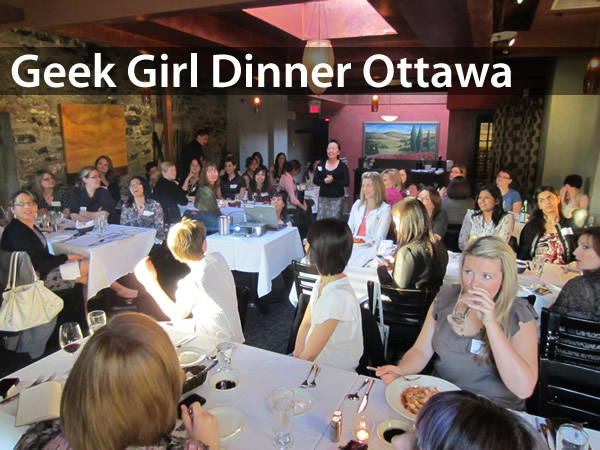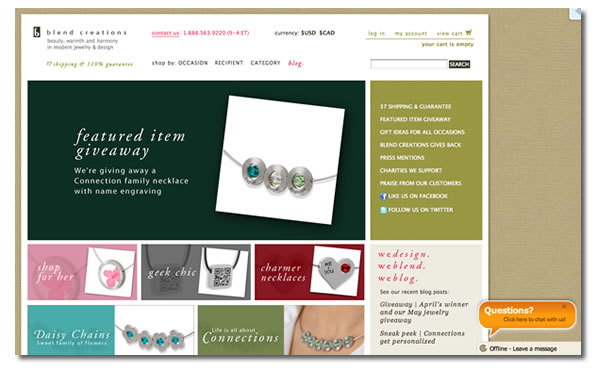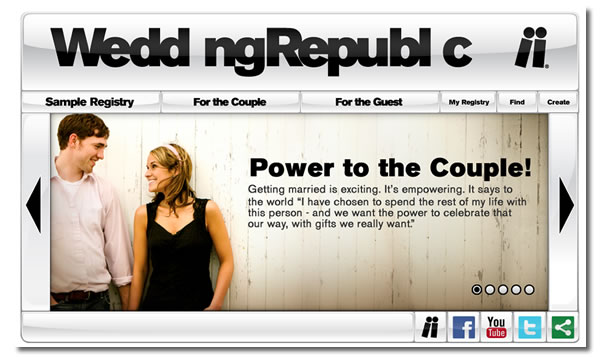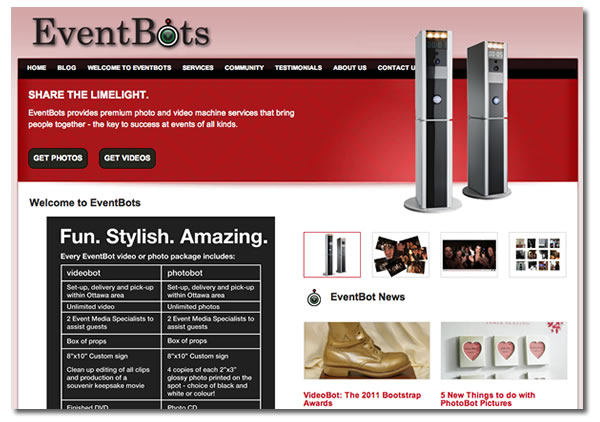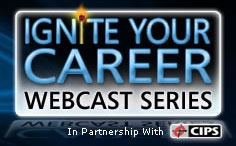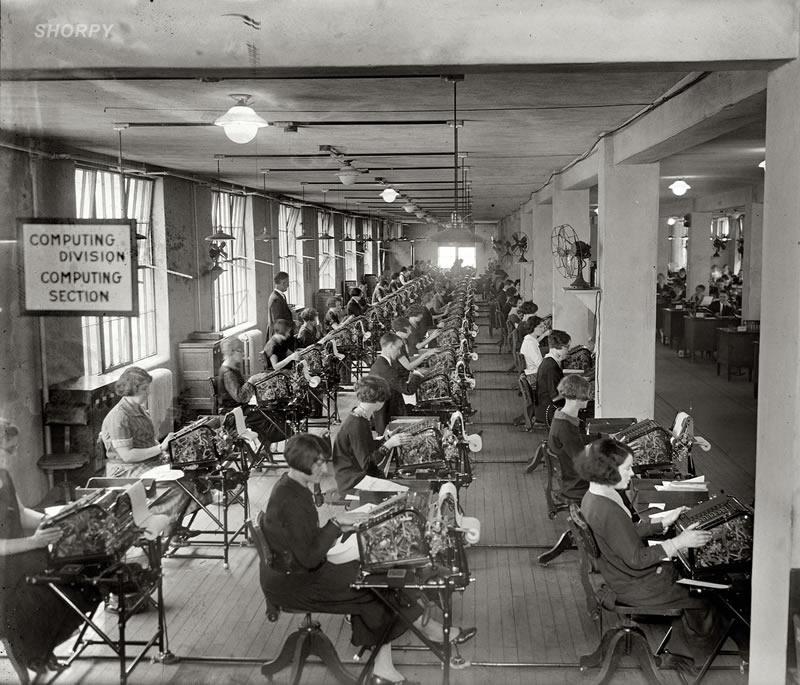The Ottawa chapter of Geek Girl Dinners took place last night at Vittoria Trattoria in ByWard Market. Although I am not a geek girl, I was present as the representative of Shopify, who sponsored the event with some prizes (the winners of the raffle took home a much-coveted Shopify T-shirt and six months’ worth of free online store) and to get in touch with Ottawa’s women techies and designers. There were about 50 people present, filling the Vittoria Trattoria’s upstairs room.
The Geek Girl Dinners are get-togethers of women in business, tech and design over dinner, where they can get to meet their peers, share ideas and hear presentations delivered by women with some particular expertise on a given topic. They usually have a theme, and last night’s was entrepreneurship. Here’s their description of the theme:
Have you ever thought, “Why work for somebody else when I can work for myself?”
Easier said than done, but anything’s possible! From flowers to clothing, to writing and painting, entrepreneurship opens the doors to anyone with a dream and a passion.
On Wednesday May 11th, please join us for an interactive discussion about the entrepreneurial journey of three Ottawa women who have turned their business dreams into realities.
If you’re a woman in the Ottawa area with geeky tendencies and you’re looking to meet others like you, have a nice meal and see some interesting presentations, you should keep an eye on the Geek Girl Dinners Ottawa site, watch for their hashtag on Twitter (#ggdottawa) and come out to one of their events!
My thanks to the organizers, Kelly Rusk, Veronica Giggey, Melany Gallant and Samantha Hartley for putting on a great event!
My Notes
I took notes and photos during last night’s presentations and present them below. If there are any inaccuracies, they’re mine; I was furiously scribbling them into a Moleskine as they were delivered. Free free to copy them and use them however you wish!
Vivian Cheng, Blend Creations
Vivian’s Bio
Vivian Cheng is an industrial designer and one-half of the creative force behind Blend Creations. She and her husband, Eric Jean-Louis (a graphic designer) combine their divergent design approaches to create a contemporary jewelry line that is clean and modern in aesthetic, yet also blends their respective cultures in East meeting West.
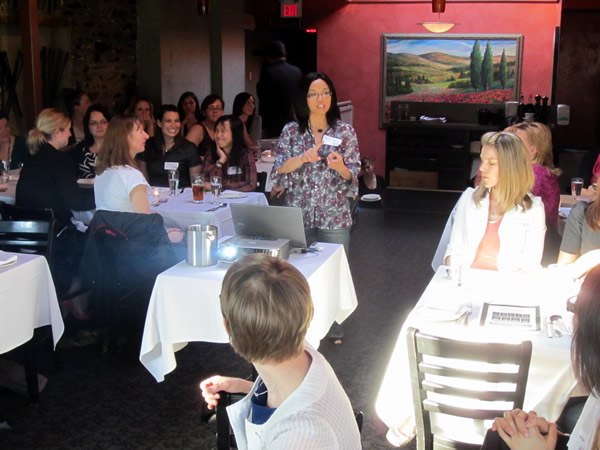
Presentation Notes
- Trained as an industrial designer
- "Didn’t want a ‘real’ job" after graduation
- Started company in September 2005 with her husband, Eric
- It was a bare-bones site, especially by today’s standards, hand-coded with PayPal buttons and a very basic shopping cart
- She sells her jewellery almost exclusively online
- Online store tips:
- Look at other online stores and learn from them
- Find out who your competition is
- Take a look at Etsy and find out whether it’s for you, and why (or why not)
- Etsy started after Blend Creations, and they decided not to go with it because they didn’t want to be a "stall" in a sea of thousands of stores; they wanted to be their own store
- Their jewellery is a blend of modern and traditional, industrial and organic — steel with mahjong tiles, bamboo or coral
- The jewellery is handmade, by them
- They bootstrapped the business with less that $5000
- The mandate:
- Eric, then a full-time graphic designer, would continue at his job and pitch in
- If the business went well, they’d continue on this path
- If it didn’t, she’s have to get that ‘real’ job
- If 2006, they were contacted by Real Simple magazine to have their jewellery featured on a full page
- Had they tried to take out a full page ad in Real Simple, it would’ve cost about $60K
- Real Simple found out about them via a design blog
- To be featured on the page, they had to offer a special deal on a necklace to Real Simple readers
- Real Simple asked "Can you handle 1,000 orders?"; the only answer was "Yes!"
- (She was 7 months pregnant at the time)
- The money resulting from the Real Simple deal allowed them to buy better equipment: a CNC router [here’s a link one that routs wood] and a laser cutter
- "We could cut circles now!"
- They continued with magazine ads
- Good, but during a recession, they’re not as effective
- Magazine ads have a 4-month lead time
- Problematic in 2008, during the econopocalypse
- Generated only a handful of sales, what with the belt-tightening
- During the economic crisis of ’08, the US was hit hard, and 98% of their customers were American
- They had to refocus and hit more local markets
- They couldn’t just do print ads
- Their first foray into social media was Facebook
- Their first activity on Facebook: a giveaway
- She tries to say something on Facebook every day
- They have a monthly give-away on their blog
- Facebook’s rules make it difficult to do a monthly giveaway on their site
- She initially didn’t "get" Twitter (they’re @blendcreations)
- Discovered that Twitter is all about the interactions
- She even designed jewellery specifically for their Twitter followers (such as one shaped like an @ sign; jewellery with your Twitter handle on it)
- Her husband, Eric, doesn’t get the appeal of "The Twitters"
- The thing about any design is that people either love it or hate it
- The important thing is to get people talking about it, love or hate
- If you offer a service, make it a service so good that people talk about it
- If you offer a product, keep innovating with it
- "With social media, you have to do something, even if it’s small"
- "Blogs are the new magazines"
- They’re the source of many customers
- Their customer breakdown by region:
- 60% US
- 40% Canada and the rest of the world (mostly Canada)
- Why did I go into jewellery?
- "I’m an industrial designer, we’re trained to make things"
- Went with jewellery because of higher perceived value
- That can be a problem in hard times
- She and her husband’s design backgrounds let them "do it all":
- Product design
- Product photos
- Ads
- Site design
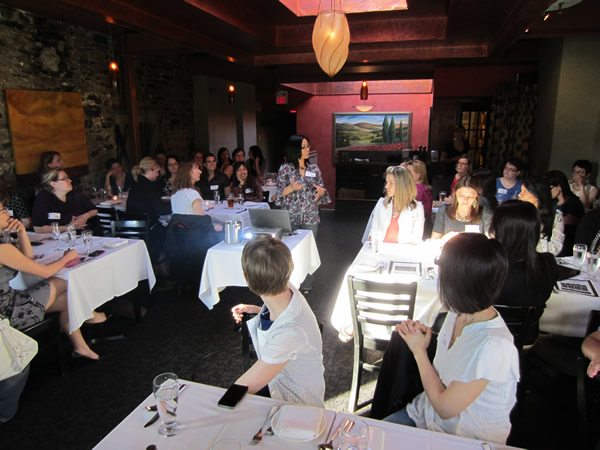
Hana Abaza, Wedding Republic
Hana’s Bio
Hana Abaza is the co-founder and CEO of Wedding Republic, an Ottawa based start up allowing couples to set up an online, cash, wedding registry in a way that works for them and their guests. With an incredibly diverse background, Hana has pulled together her broad skill set in order to navigate the start up world. When she’s not in front of her laptop with armed with a large cup of coffee, she can usually be found teaching a kickboxing class. Self described as slightly ‘type a’ with a dose of ADD, although some say it’s just an unrelenting curiosity.
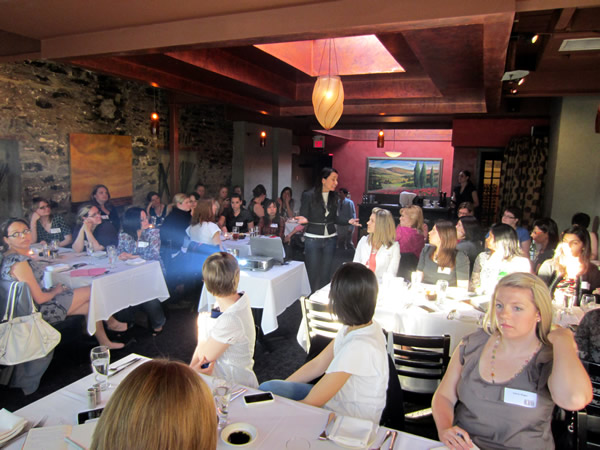
Presentation Notes
- Wedding Republic is a cash gift registry for people getting married
- A couple getting married may want stuff, but sometimes, they’d much rather have the cash
- The idea came to her and her business partner in 2008 while they were watching the Superbowl
- James (her business partner) has a sister who was getting married
- Always a stressful situation
- Online registries for gifts were still few and far between
- There was no way to register online to give a cash gift
- The original idea was for a big general wedding registry; it got refined over time
- Questions you need to ask when starting an entrepreneurial project:
- Who is your target market? Who will use your product?
- Does your product fulfill a need? Or a want?
- What are the current alternatives to your product exist? What are the options?
- What are the pain points for these alternatives and options
- They talked to all sorts of people: couples, couples getting married, wedding guests to get more info
- They hired a developer and were able to take advantage of government programs to help fund the project
- Advice:
- Surround yourself with the right people; people who are smarter than you are
- You can’t do it on your own; make sure you have a support system
- Wedding Republic went beta in February 2010
- It was a stressful time
- Once you’ve opened to the public, you get feedback, opinions, suggestions, complaints about issues
- But opening to the public gives you a customer validation process
- You have to listen to your customers, but:
- You have to know what to ignore
- You have to know what to take to heart
- Focus on what you’re good at, and don’t get derailed by customer feedback
- They were contacted by Saatchi and Saatchi
- Someone at Saatchi and Saatchi saw their site
- They were intrigued by the idea of Wedding Republic and invited them for a meeting in their Toronto office
- They offered to do a rebrand
- On big companies working with small companies:
- They may be bigger than you, but once you’re working together, you’re on par
- Meet as equals. Don’t bed over backwards just to please them
- There’s a lot of back-and-forth between Saatchi and Saatchi and the developers; she "translates" between the two
- Relaunched in January 2011
- More advice:
- Keep yourself in check (having a business partner will help)
- Execute! Many people don’t think they can do something, so they don’t try.
- One challenge with this business: few (if any) repeat customers
- Considering expanding the concept to baby registries
- How they make money:
- The couple getting married doesn’t pay anything
- The guests pay a transaction fee
- That’s not bad, considering the 7% markup for registries at The Bay
- People pay for services that save effort: "I’d gladly pay $5 to not leave my couch"
- Possibility of expanding outside North America:
- Looking at it, but wedding customs vary all over the world
- For example, in China, cash gifts come in red envelopes. Can’t do that with a cash registry.
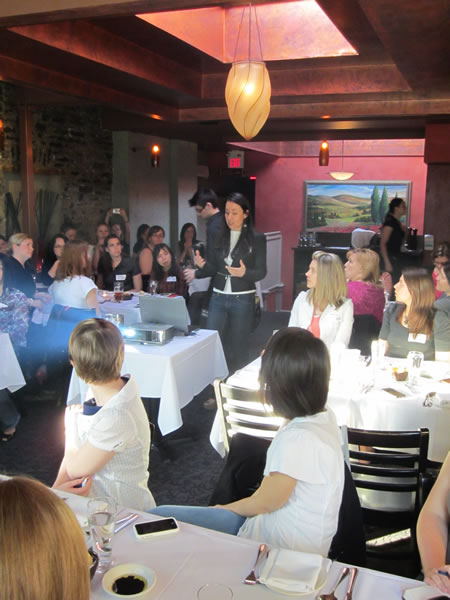
Amy Yee, Eventbots
Amy’s Bio
Amy Yee is an entrepreneur and strategy consultant specializing in technology, engagement and collaboration at start-up and high growth companies. Among a wide variety of projects, Amy is currently the CEO at the second company she has co-founded: EventBots – an award-winning technology solution for public engagement. Amy has a Bachelor’s of Electrical Engineering from Carleton University.
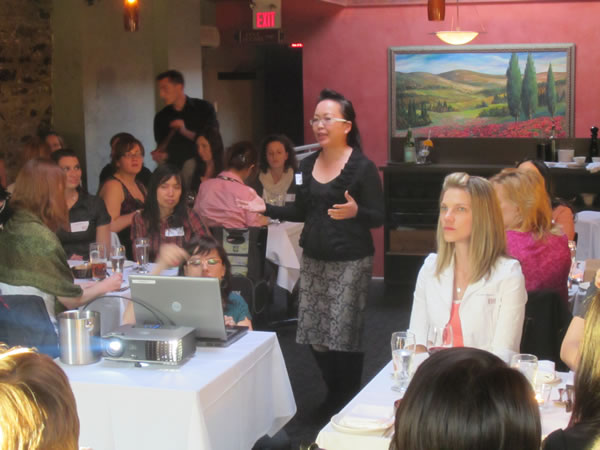
- Eventbots are devices that can record video or photo messages at events
- [Showed video of people who recorded messages at the Mesh conference]
- Think of it as being similar to the "Speakers Corner" at CityTV in Toronto
- How they got started:
- They had friends who were getting married
- Had heard of some Toronto-based service where they set up devices where people could record messages
- Her husband was an industrial designer: "I could build that"
- He built the machine, she turned it into a business
- The current, sleeker version is version 2
- The first version was bulkier and made of wood
- The device has to fit into their car, a Mini Cooper
- They’ve taken the eventbot to events in Ottawa, Toronto and Montreal
- They can only serve areas within a reasonable drive of Ottawa
- The sales process is online
- Even if an eventbot gets only 5 video recordings at an event, there’s still always one that stands out as head and shoulders abover the others
- Their current eventbot was so slick that a Japanese ambassador insisted that the device was from Japan
- People call them "iPodzillas"
- Advice:
- Don’t fear change; change is a competitive advantage
- Don’t worry if you have to modify your idea
- Bet on the team, not the idea
- Community support is important!
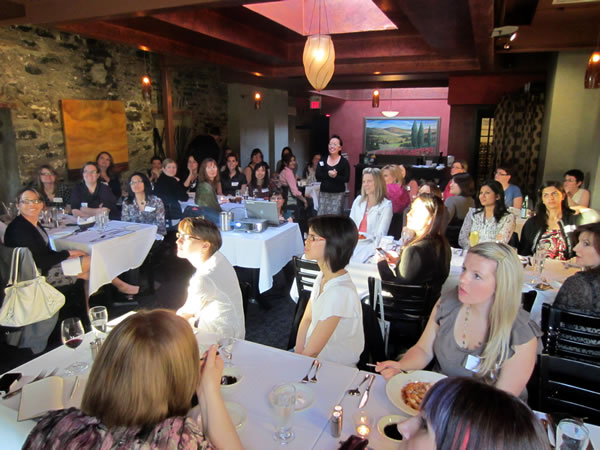
This article also appears in The Adventures of Accordion Guy in the 21st Century.
